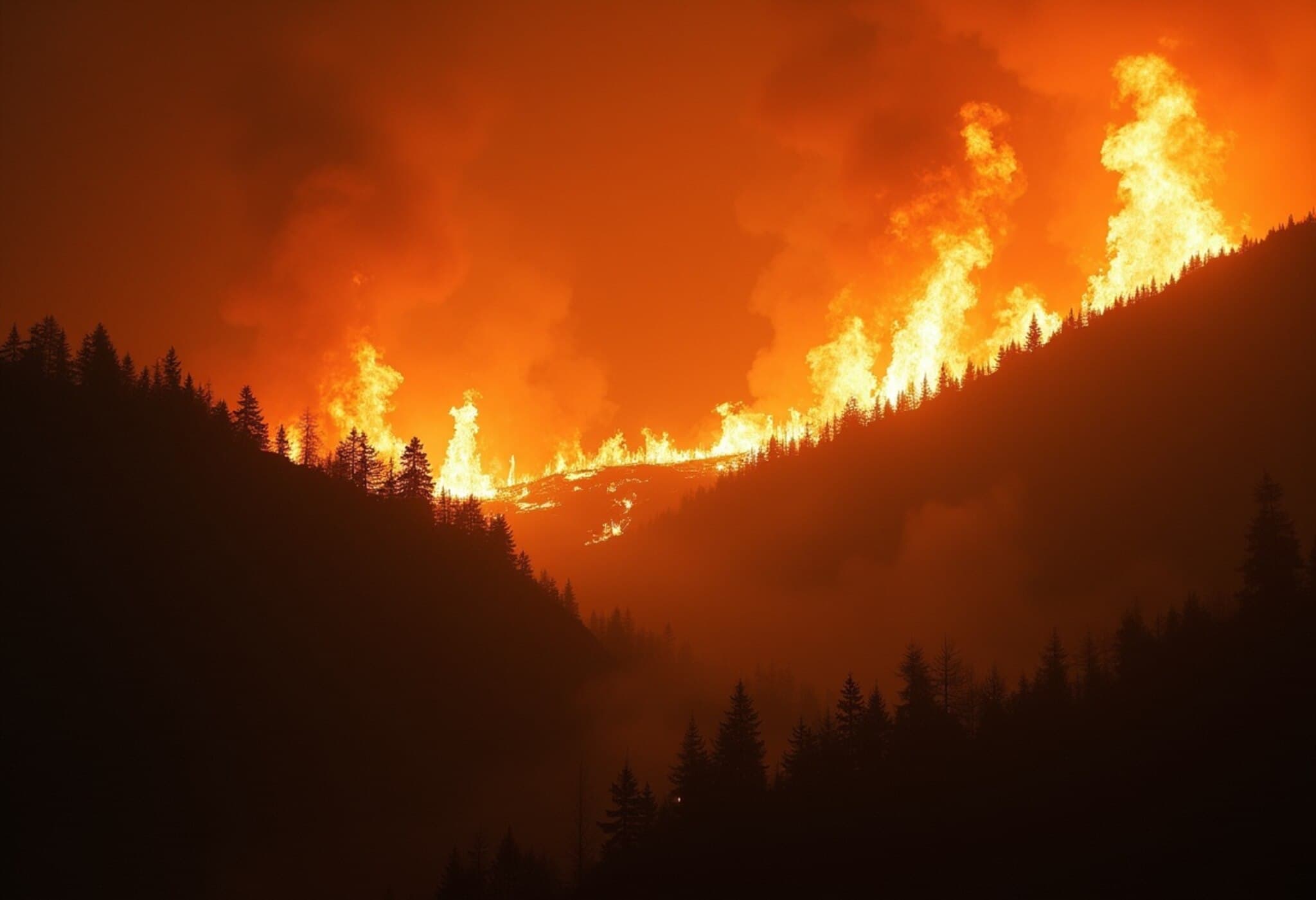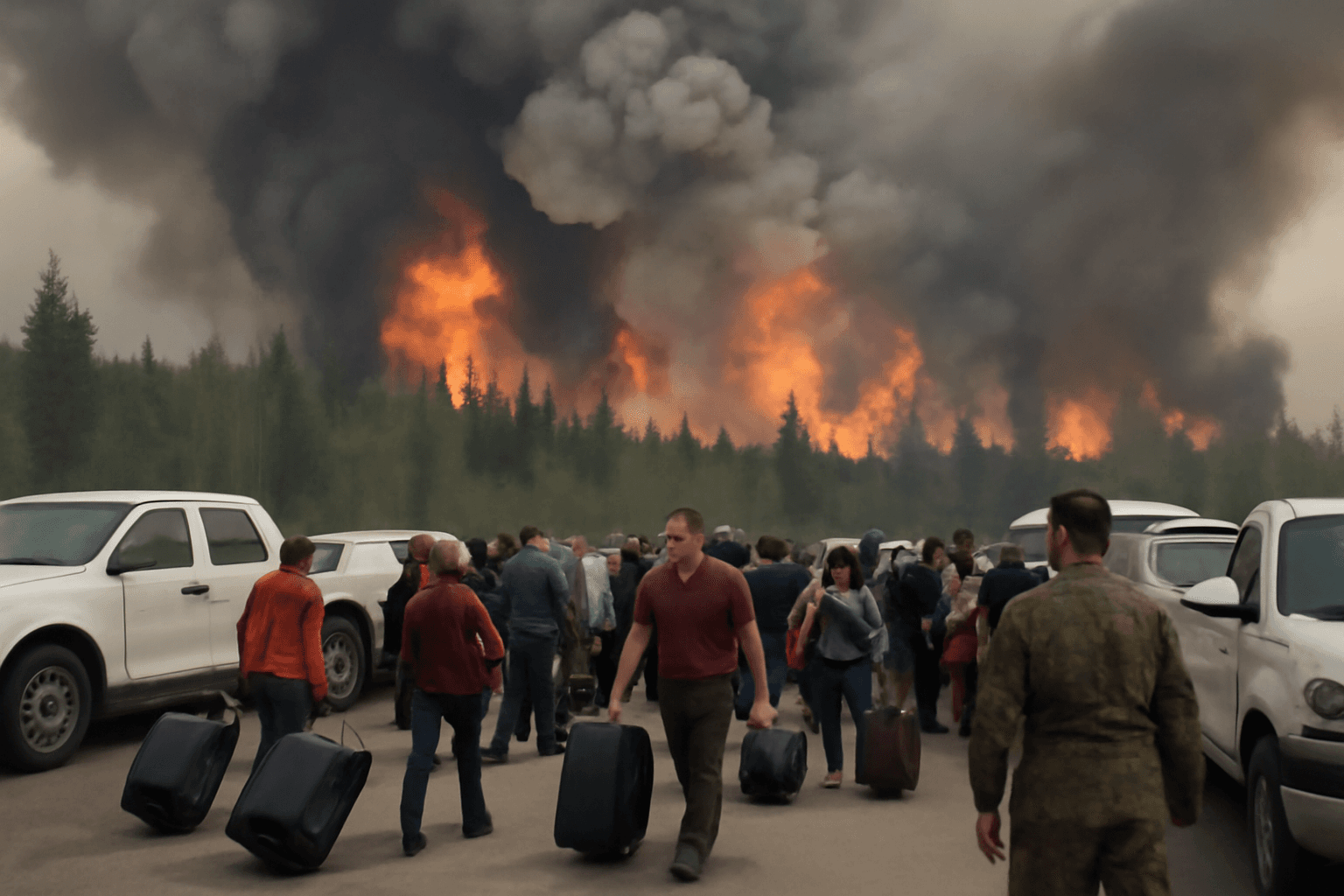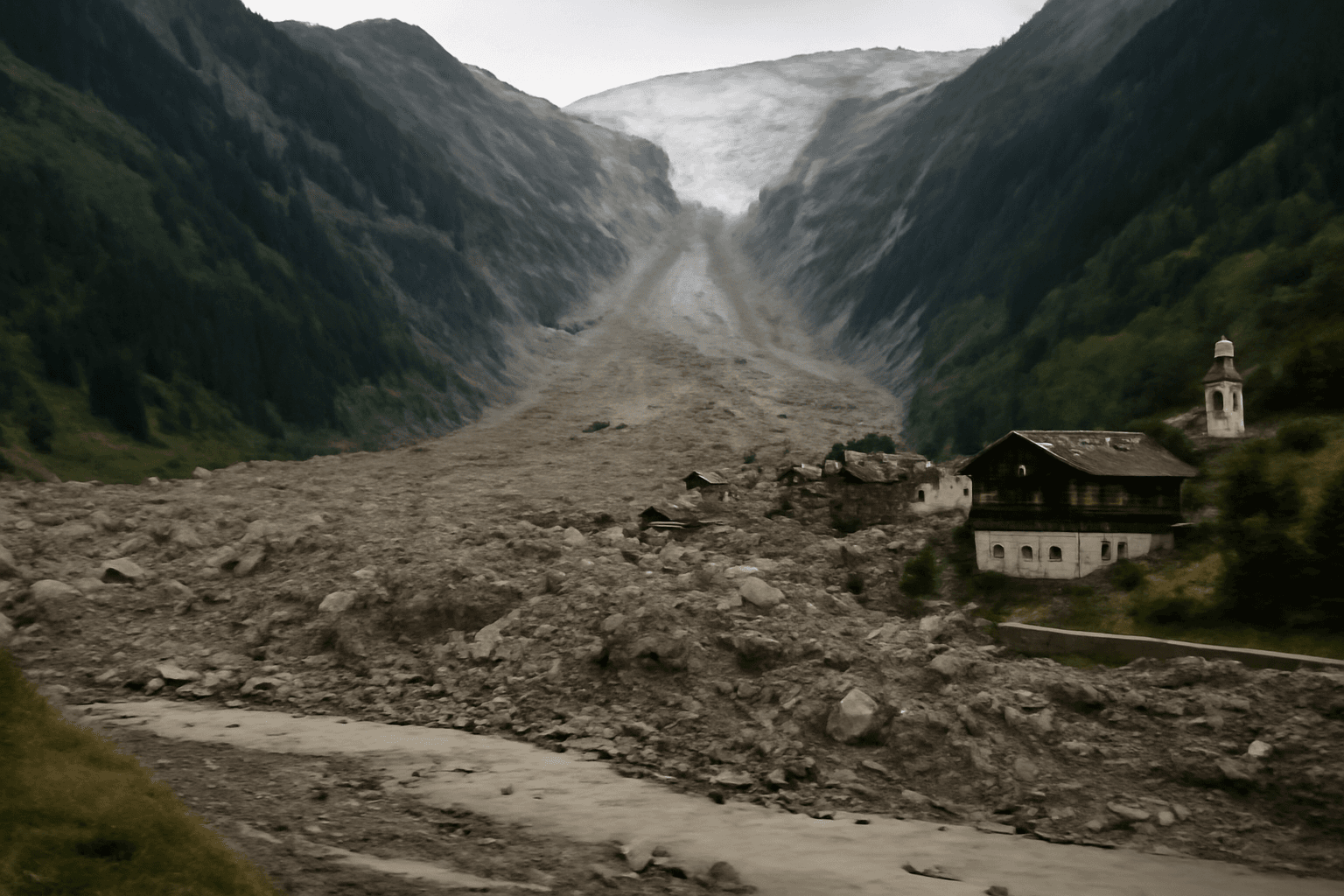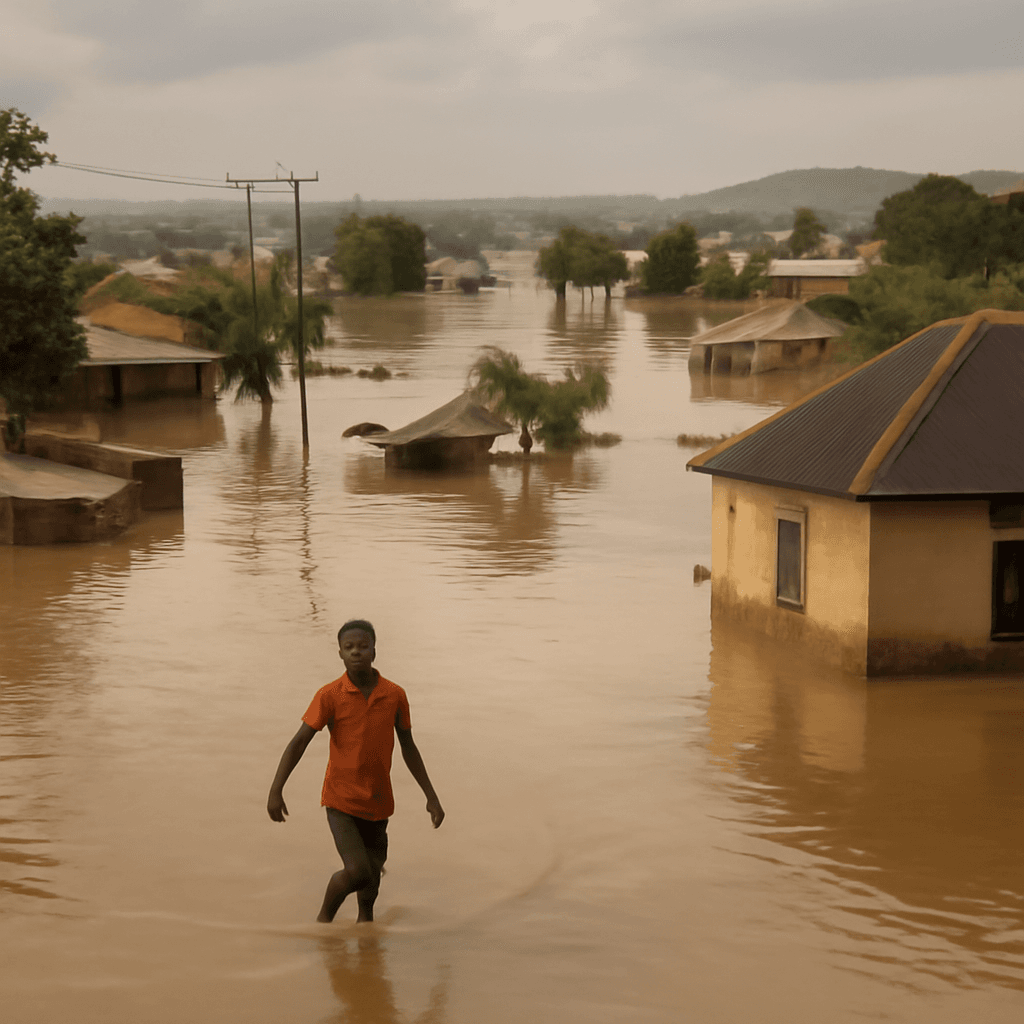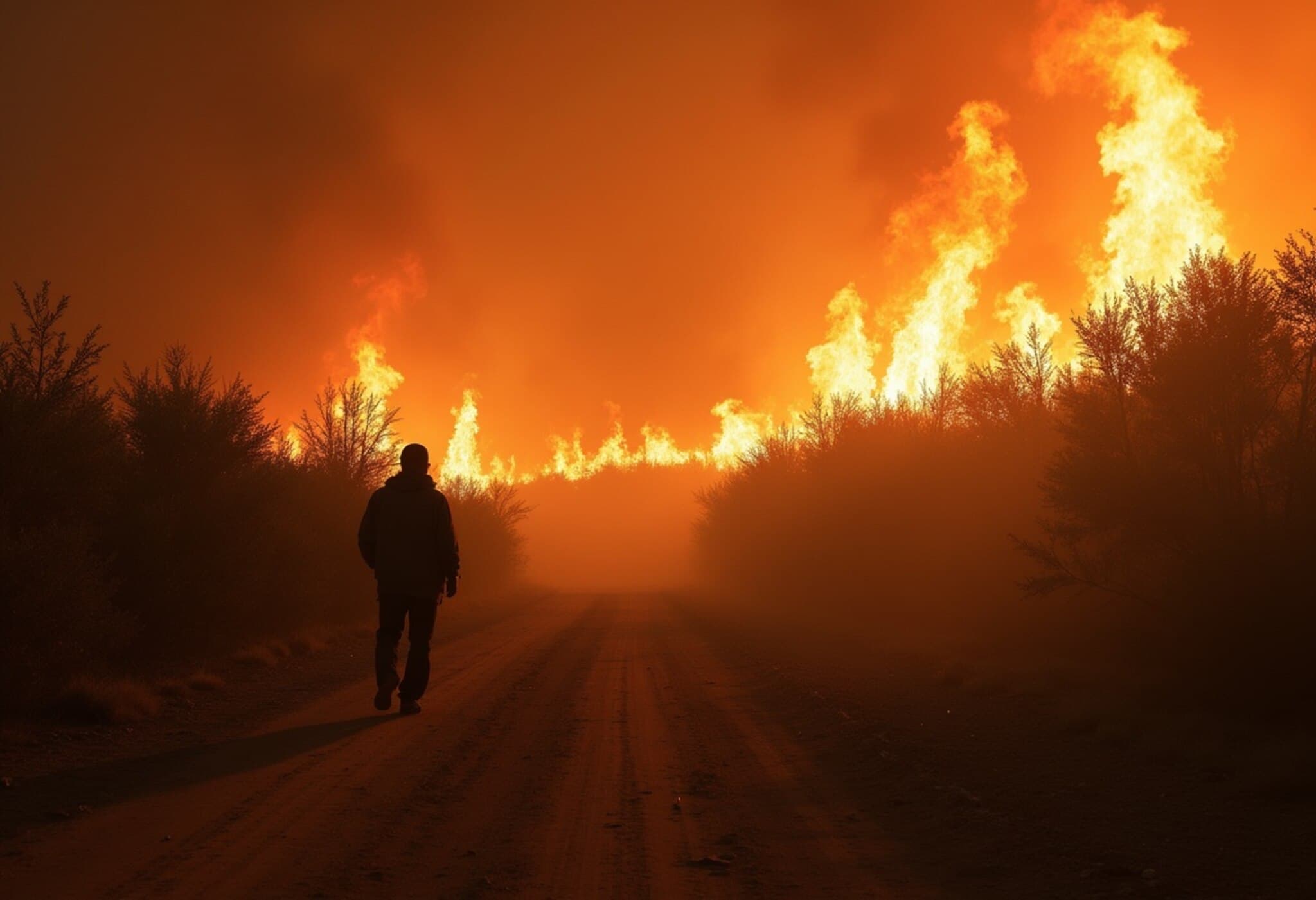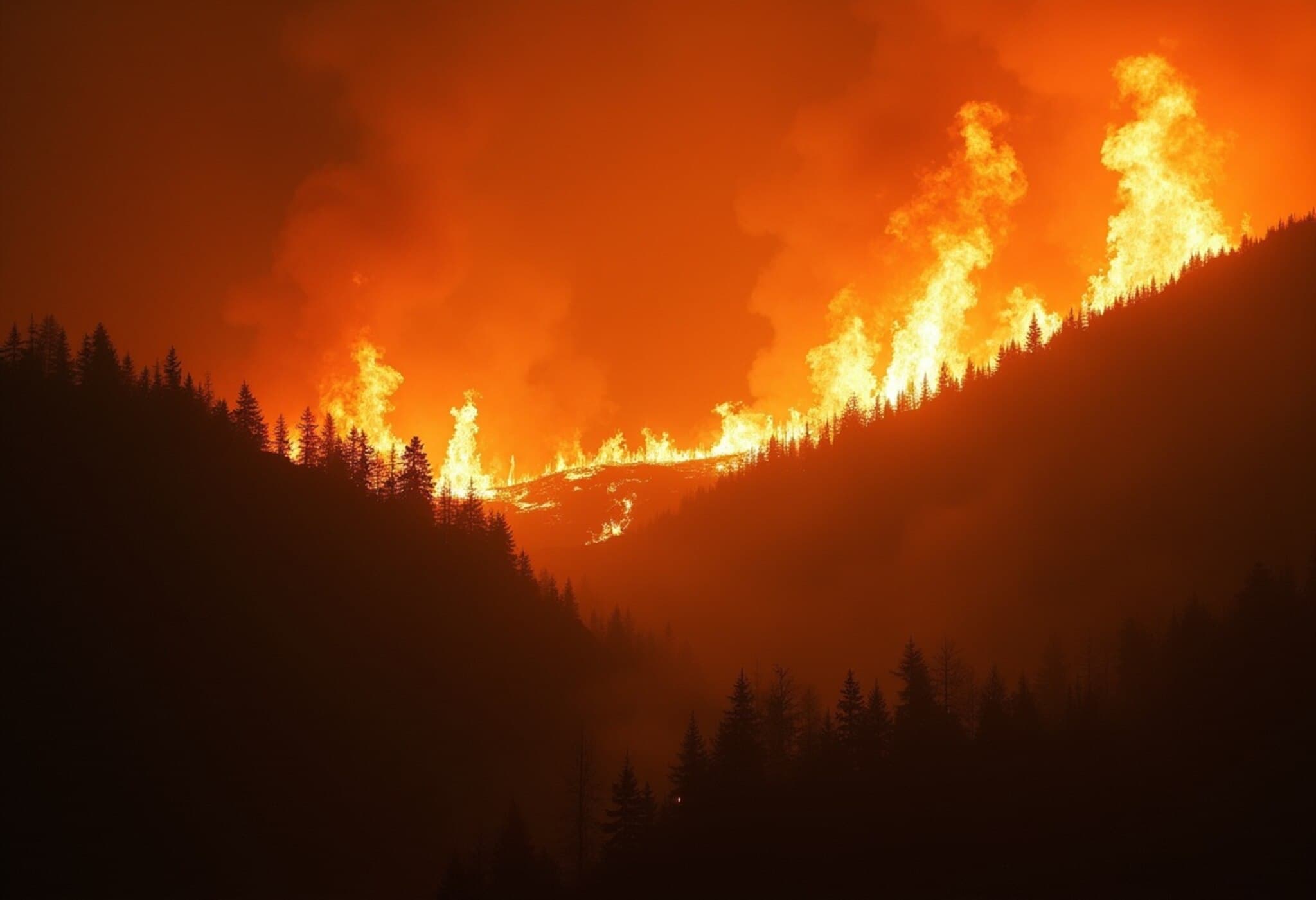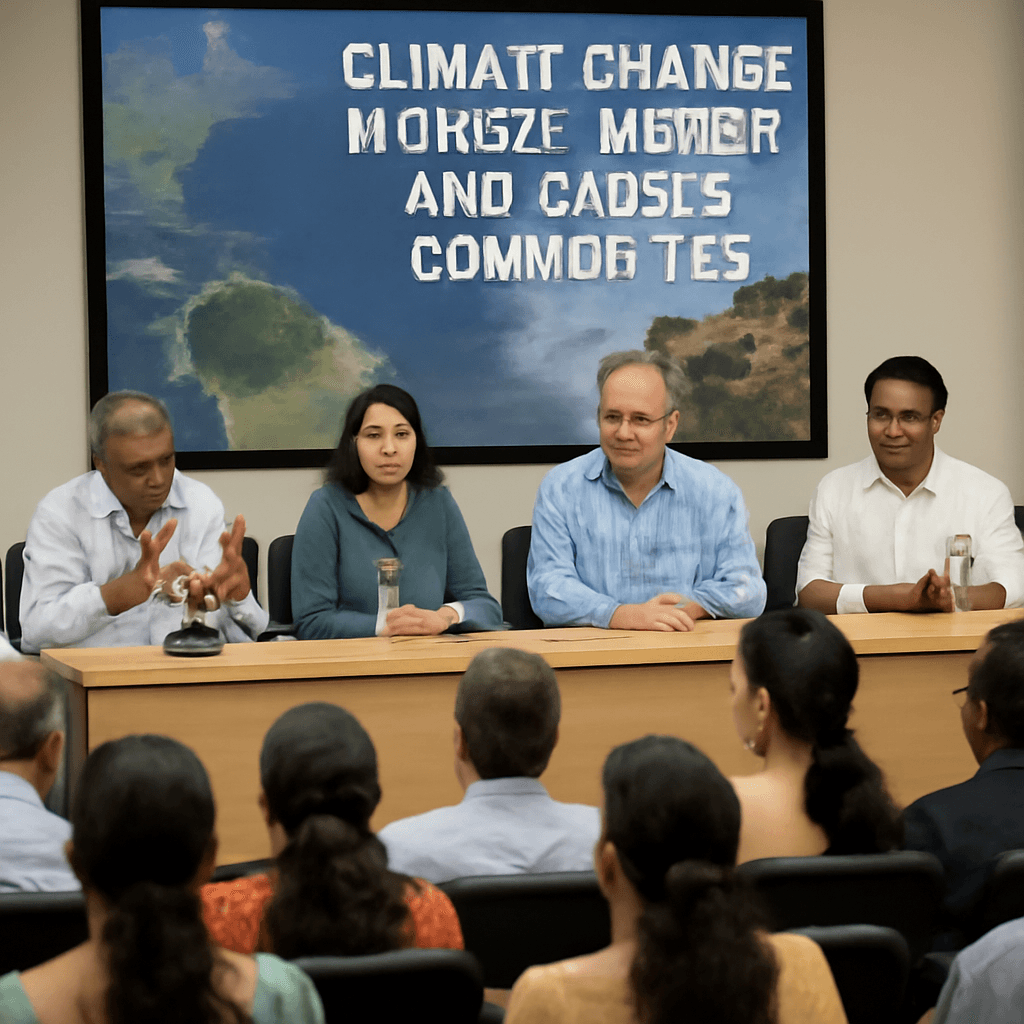Mass Evacuations and Emergency Response Amid Fierce Wildfires in Canakkale
In a dramatic turn of events on August 12, 2025, wildfires tore through the northwestern province of Canakkale, Turkey, forcing hundreds of residents to evacuate amid aggressive firefighting operations. The blazes, fueled by gusty winds and high temperatures, wreaked havoc across forests and threatened urban and military zones alike, stirring widespread concern across the region.
Coordinated Efforts to Contain the Flames
Turkey’s emergency services deployed an extensive response network, including airplanes, helicopters, firefighting vehicles, and nearly 700 personnel, in a determined effort to contain the spreading fires. As city Governor Ömer Toraman reported via social media, this multifaceted approach has been vital given the challenging weather conditions.
- Evacuations: Precautionary evacuations included a university campus and residential neighborhoods, underscoring the fire's threat to civilian safety.
- Transport Disruptions: Key infrastructure was temporarily shuttered to prioritize emergency access: Canakkale’s airport, a stretch of highway, and the critical Dardanelles Strait—all vital transport arteries—were closed for several hours before resuming operations post-sunset.
- Firefighting Tactics: Helicopters drew water directly from the Dardanelles Strait to douse the flames, while police units equipped with water cannons targeted fire encroaching on residential structures.
Weather Conditions Amplify Challenges
The fires were exacerbated by hot temperatures reaching 33°C and wind speeds hitting 66 km/h, according to Turkey’s meteorological services. Such intense weather created ideal conditions for rapid fire spread, highlighting the increasing risks linked to climate change—an underreported angle in many wildfire crises globally.
Health Impact and Safety Measures
Authorities confirmed that around 50 individuals suffered from smoke inhalation, all of whom received treatment at nearby medical facilities with no critical conditions reported. Residents were advised to avoid unnecessary travel to keep key routes open for emergency responders.
Contextual Insights: Turkey’s Increasing Wildfire Vulnerability
Turkey has faced escalating wildfire incidents in recent years, attributed partly to prolonged heatwaves and environmental management challenges. The Canakkale fires underscore a pressing need for enhanced forestry policies, investment in firefighting infrastructure, and community preparedness.
Furthermore, the temporary shutdown of the Dardanelles Strait—a crucial international maritime passage—brought into focus potential economic ripple effects, including disruptions in global shipping routes. This highlights how wildfires can extend beyond environmental and human tolls to affect regional and even international economic stability.
What Lies Ahead?
As firefighters continue efforts to fully extinguish the blazes, questions arise about long-term wildfire prevention and resilience strategies, particularly as climate change fuels more extreme weather events. Experts advocate for integrated disaster response plans that blend cutting-edge technology, community engagement, and cross-sector cooperation.
Key Takeaways:
- Wildfires highlight the growing interplay between climate change and disaster risk in Turkey.
- Emergency authorities executed swift, large-scale evacuations prioritizing civilian safety.
- Transport interruptions reveal the broader societal and economic impacts of environmental disasters.
- A robust, forward-looking wildfire management plan is critical to mitigate such escalating threats in vulnerable regions.
Editor’s Note
The wildfires raging through northwest Turkey are a stark reminder of the increasing frequency and severity of natural disasters worldwide. While the immediate focus remains on controlling the fires and protecting lives, this crisis invites a deeper reflection on how governments and societies can better prepare for such emergencies. How can Turkey—and similar regions globally—balance rapid response with sustainable land management to build resilience? These are the pressing questions that policymakers, scientists, and communities must urgently address as climate realities intensify.

